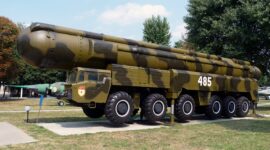
09 Propeller Blade of British Supermarine Spitfire L. F. Mk IX E Aircraft, 1940s
Fotogalerie
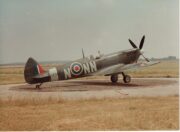

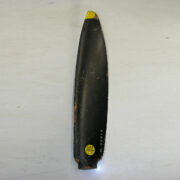

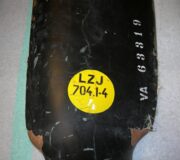

The famous British Supermarine Spitfire fighter aircraft often used power units fitted with Rotol propellers with mostly wooden propeller blades. These were the products of Rotol Airscrews, Ltd., which during World War II with the Jablo Propeller company developed and manufactured these blades from specially pressed and hardened wood in order to save the scarce duralumin alloys, much needed in the construction of airframes. The wooden leaves firmly inserted into the steel hub were then part of the rotating mechanism of the automatically adjustable Rotol propellers.
A similar blade came into the collection of the VHÚ, probably originating from the Spitfire LF Mk. IX, delivered after the war to the former Czechoslovakia. The blade made of Jablo material was protected over the entire surface by a relatively thick varnished canvas and mounted on the leading edge from the tip in a length of 970 mm with riveted brass fittings. The protective coating was provided with a gray base color overlaid with a black gloss varnish. The tip of the blade carried a warning, bright yellow tip 100 mm wide. At the base of the leaf was a yellow target with the black inscription LZJ, 704.1-4 and below it a white number 4. This could perhaps mean that it is blade number 4 from propeller set S/N VA 63319, repaired at the Jinonice Aircraft Works.
The propeller blade apparently came from some crashed Spitfire as it showed signs of slight damage and was unfortunately cut off just above the metal hub, leaving only the wooden part of it. This interesting exhibit with a length of 1,390 mm, the greatest width of 270 mm and a weight of 11 kg was acquired for the VHÚ collection in 2005 by purchase from a private collector.
Aktuálně
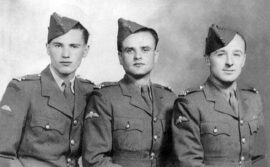
Tak trochu zamrzlé spojení
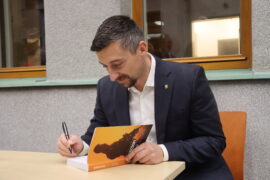
Válečný veterán Petr Matouš pokřtil v Armádním muzeu Žižkov svou knihu. Patronkou je i ministryně obrany Jana Černochová

Call for Papers: Tváře brannosti – branná výchova, branné spolky a civilní obrana v dějinách

Richard Tesařík / 3. 12. 1915 - 27. 3. 1967
